When John Anthony West and Robert Schoch first proposed that the Sphinx, and possibly the pyramids at Giza, were not just 4,500 years old, but at least 10,000 years old – they were ridiculed. The strongest argument against their analysis of rainfall erosion, or even archeo-astronomical dating of monuments to stars as they were positioned at a time in the distant past – was that no civilization existed that far back in time. This ignored Plato’s timetable for Atlantis and some other clues, but it was understandable, there was no consensus that civilization existed that far back. Until Gobekli Tepe was discovered in Turkey, and dated to approximately 11,000 years ago.
Not everyone suggests that the ancient carvings on “Pillar 43” at Gobekli Tepe show how the sky looked at the time of a major cataclysmic event. “Identifying the ball as the turning point of the northern night sky makes sense of its role as the disembodied head and soul of the headless figure seen at the bottom of Pillar 43. In the shamanic-based beliefs and practices of tribal cultures in Siberia, such as the Chukchee and Altaians, the northern celestial pole is seen as a hole through which the soul passes to gain entry to the afterlife. Indeed, this “hole in the sky” was compared with the round smoke hole of a yurt or tent, through which the soul of the shaman, and presumably those who have died inside the yurt, navigate to reach the Upper World.” (Collins, citing – Eliade, 1987 – https://www.andrewcollins.com/page/news/P43.htm) Andrew Collins suggests “that Pillar 43’s carved relief is not a snapshot of the sky at a given moment, but the employment of certain key sky figures to illustrate a gradually emerging story involving the soul’s journey from the physical world to the afterlife.” (https://www.andrewcollins.com/page/news/P43.htm)
But others (Sweatman and Tsikritsis) make a strong case that these astronomical drawings depict a star chart showing they were warning us about events 12,970 years ago: “We have interpreted much of the symbolism of Göbekli Tepe in terms of astronomical events. By matching low-relief carvings on some of the pillars at Göbekli Tepe to star asterisms we find compelling evidence that the famous ‘Vulture Stone’ is a date stamp for 10950 BC ± 250 yrs, which corresponds closely to the proposed Younger Dryas event, estimated at 10890 BC.” (http://maajournal.com/Issues/2017/Vol17-1/Sweatman%20and%20Tsikritsis%2017%281%29.pdf)
Both acknowledge the carving depicts the sky at some ancient observer’s moment in time. The question remaining: was the precise moment chosen because of a cataclysmic event, or because it just happened to be the time when those carving were alive? We normally assume that monuments with astronomical alignments or carved depictions of the sky are merely representing how things looked at the time when the builders were alive. (Unless they have very clear intentions to show us destruction of the world, as in this Mayan carving where a pyramid-temple is falling over and collapsing while a volcano erupts and people are drowning and escaping by boat.)

Regarding the carvings at Gobekli Tepe, we have no clear indication of cataclysm in the artwork, (on Pillar 43 anyway, most of the site has not been excavated yet) but we know for a fact that the drawing of the sky matches the timing of Earth’s last great cataclysm, the Pleistocene Extinction – marking the end of North America’s “Ice Age” (because the Americas moved south, while Siberia moved north – freezing Siberian mammoths and initiating the melting of North America’s ice sheet at the time of Earth’s last pole shift catastrophe. Do we ignore the time-stamp of the carving as coincidence, assume the builders marked that time with intention because of the cataclysm, or wait another generation for confirmation, when we probably don’t have another generation before the next event?
